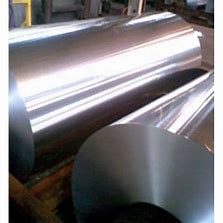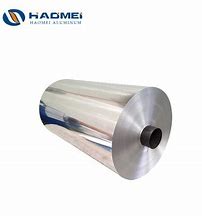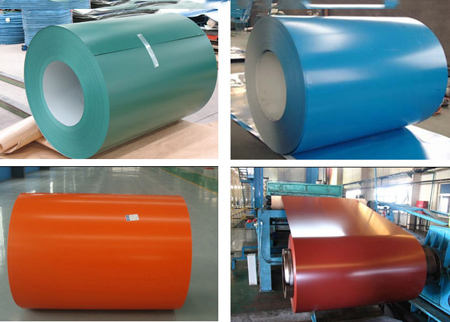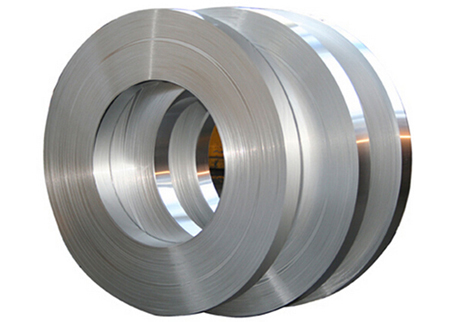



Mechanical properties of aluminium foil
The mechanical properties of aluminium foil refer mainly to the tensile strength, elongation and cupping values of the foil. From the point of view of use, it is desirable that these three indicators are as high as possible.
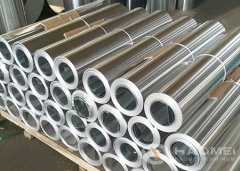
As far as the material itself is concerned, these three indicators are contradictory, i.e. when the tensile strength of aluminium foil is relatively high, the elongation indicator decreases; and when the elongation of aluminium foil is increased, it causes a decrease in tensile strength. In practice, therefore, the middle value of mechanical properties is generally taken, while the specific strength and plasticity values are related to the punching moulds used in the processing of heat exchangers. The general heat exchanger sheet punching process is divided into two types of stretching and non-stretching. Stretched punching moulds require better plasticity of the foil, i.e. a higher elongation rate and a slightly lower relative strength value, while non-stretched moulds require a higher strength of the foil, with plasticity being a secondary indicator. There are many factors that affect the mechanical properties of aluminium foil, mainly the chemical composition of the foil and the processing technology.
In terms of the strength and plasticity of aluminium foil, by adjusting the chemical composition or changing the processing process and parameters, the plasticity or strength of the material can be made to change within a certain range while keeping one side unchanged. In other words, the strength and plasticity of aluminium foil can be changed to a limited extent by adjusting the chemical composition and processing.
* Thank you for your inquiry. Please provide your business needs information so that we can better serve you.
This information can help us assign the most suitable person to solve your problem. We will give you feedback within 1-2 working days.
Related Blog
